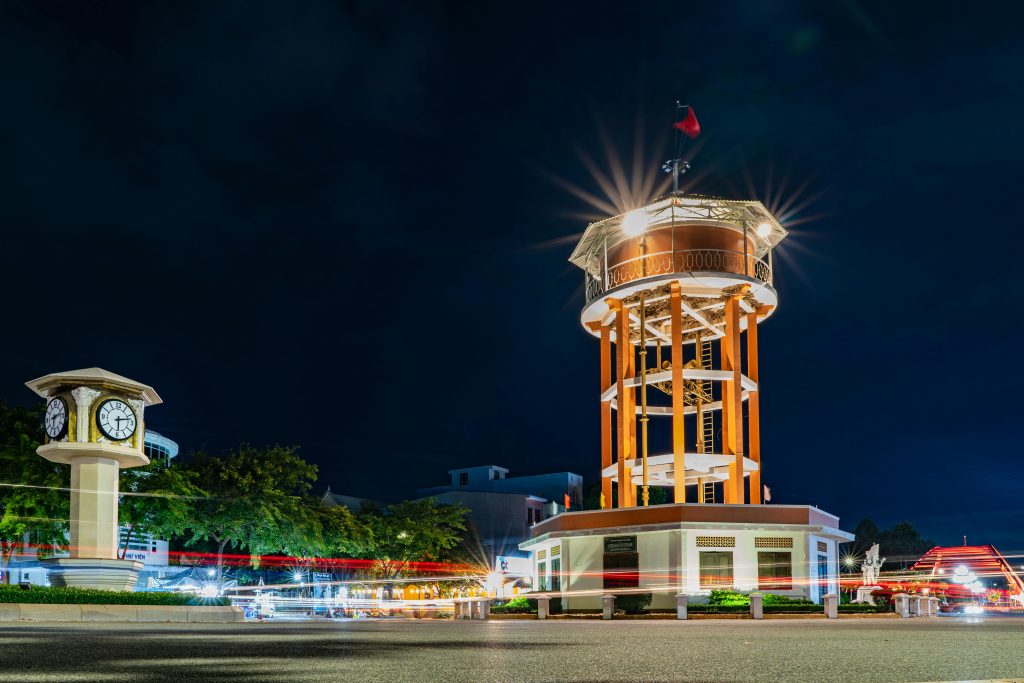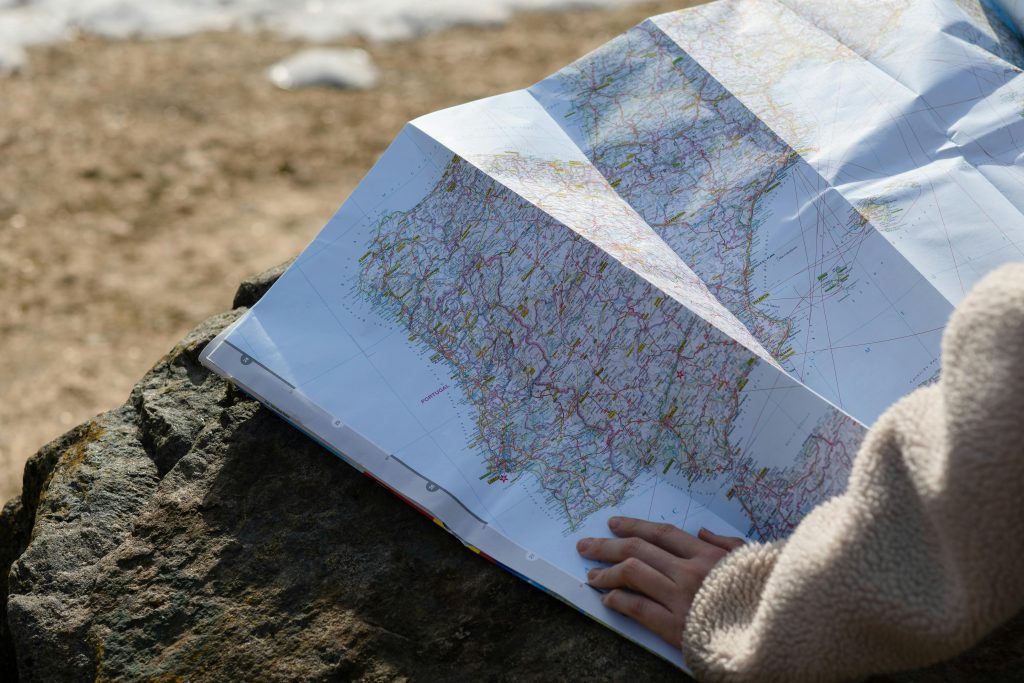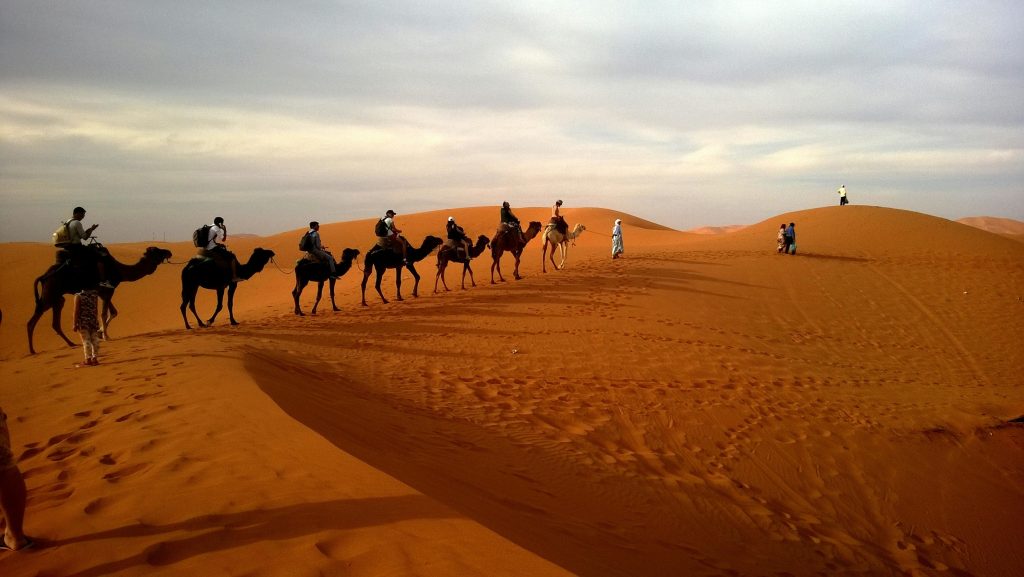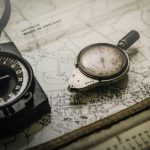Introduction
Exploring the great outdoors offers freedom, adventure, and connection with nature. But even the most seasoned hiker, camper, or off-road explorer knows that preparedness is key to safety. That’s where GPS tracking comes in—a powerful tool that’s revolutionised how we navigate, monitor, and stay safe outdoors.

In this post, we’ll explore how GPS tracking helps in outdoor safety, from real-time location sharing to emergency response support. Whether you’re trekking through remote bushland, heading off-road, or simply enjoying a weekend hike, understanding how to use GPS tracking can quite literally be a life-saver.
What Is GPS Tracking?
GPS (Global Positioning System) tracking uses a network of satellites to determine and share your exact location on the Earth’s surface. When paired with tracking devices or mobile apps, it allows users to:
- Monitor real-time location
- Track routes and history
- Send location updates to others
- Trigger emergency alerts when needed
TrackPath Tip: GPS tracking isn’t just for adventurers—it’s a valuable safety net for families, solo travellers, and outdoor workers too.
1. Real-Time Location Sharing
Why It Matters:
Letting someone know where you are isn’t just polite—it’s a core safety practice.
How GPS Helps:
- Allows family or emergency contacts to follow your route in real time
- Helps locate you quickly if you’re delayed or go missing
- Works even in remote areas with satellite-based trackers (like Garmin inReach or SPOT devices)

Use Case: A solo hiker shares their live location with a friend before starting a remote trail in Kosciuszko National Park. When they miss a check-in, the contact can pinpoint their last known location and alert authorities.
2. Emergency SOS and Rescue Features
Modern GPS tracking devices and apps include built-in emergency features.
Key Safety Features:
- One-touch SOS alerts to emergency services or custom contacts
- Two-way messaging (with satellite-enabled devices)
- Automatic fall detection in some premium models
Devices to Consider:
- Garmin inReach
- SPOT Gen4
- ZOLEO Satellite Communicator
Safety Insight: When you’re out of mobile range, these devices can still connect you to help—something standard phones can’t guarantee.
3. Route Planning and Trail Navigation
How GPS Improves Navigation:
- Pre-load maps and routes before entering no-signal zones
- Track your path in real-time so you don’t get lost
- Mark waypoints like water sources, campsites, or hazards
Benefits:
- Reduces risk of veering off trail
- Allows for safe backtracking if conditions change
- Gives confidence to explore lesser-known routes

TrackPath Tip: Use hiking apps like Gaia GPS, AllTrails, or Avenza Maps in conjunction with a GPS tracker for layered safety and planning.
4. Location Logging and Breadcrumb Trails
GPS tracking devices continuously record your location at set intervals.
Why It’s Useful:
- Logs your route for review, retracing, or sharing
- Helps search and rescue teams retrace your steps in emergencies
- Allows adventurers to document and save successful paths for future reference
Use Case: A bushwalker loses the trail in dense forest. By following their breadcrumb trail on their GPS device, they can safely return to their starting point.
5. Enhancing Safety for Groups and Guided Tours
If you’re leading or participating in a group hike, tour, or outdoor course, GPS tracking keeps everyone aligned and secure.
Group Safety Advantages:
- Monitor all group members’ locations in real time
- Receive alerts if someone falls behind or strays off course
- Ensure that no one gets lost during complex or split routes
Popular Tools:
- Garmin Basecamp for route sharing
- Traccar or MapShare for live group monitoring

6. Tracking in Extreme or Remote Conditions
Australia’s wilderness is breathtaking—but also unforgiving. From the Outback to alpine trails, GPS tracking becomes vital in areas where:
- Mobile coverage is non-existent
- Landmarks are minimal or disorienting
- Weather can shift quickly
Features to Look For in Remote Trackers:
- Satellite connectivity
- Long battery life (7+ days)
- Water and dust resistance
- Topographic and offline mapping
Outdoor Pro Tip: Always carry a paper map as a backup, but use GPS tracking for real-time precision and safety checks.
7. Peace of Mind for Loved Ones
It’s Not Just About You:
Real-time tracking gives family and friends peace of mind while you’re out exploring.
Key Benefits:
- Reduces anxiety about solo travel
- Provides a simple way to check-in without constant communication
- Can be used by parents tracking teens, or carers monitoring elderly bushwalkers

Tech Tip: Some GPS tracking apps send automated check-in messages at set intervals—no need for phone calls or texts.
Conclusion
In the outdoors, safety isn’t optional—it’s essential. With the right GPS tracking tools, you can explore further, go off-grid with confidence, and stay connected when it matters most. Whether you’re planning a rugged multi-day hike or a quiet solo escape, GPS tracking ensures you’re never truly lost.
Adventure awaits—but preparation protects.
So charge your device, map your route, and let GPS tracking guide your journey safely.

